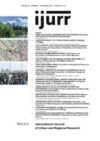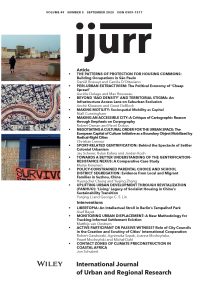This article explores peri-urbanization through the lens of extractivism from a critical political-economic perspective. Our analytical framework sheds new light on peri-urbanization. We examine the uneven nature of the process, unpack its growth engine and highlight its shortcomings. By shifting the focus from the demand to the supply of peri-urban housing, our approach overcomes the limitations of a traditional analysis based on land rent. Peri-urbanization is thus considered in the light of resource exploitation (namely land), by a coalition of public and private stakeholders, whose methods include accumulation by dispossession. Land and modest homebuyers are the resources exploited by the coalition to extract solid value. Simultaneously, sprawl is the engine that provides a continuous supply of cheap land to sustain the process. However, when this coalition captures value from the urbanization of agricultural land (and the creditworthiness of precarious homebuyers), the resulting irreparable soil artificialization impedes future redevelopments. By drawing on two case studies of this type of ‘cheap sprawl’ and by bridging the traditional North–South divide, this article provides empirical evidence to show that peri-urban extractivism is just that: a predatory system. Not only does it keep peripheral areas in a state of ‘nondevelopment’, it also takes a serious toll on the environment.
Details
Written by:
Aurélie Delage, Max Rousseau
Digital Object Identifier (DOI)
https://doi.org/10.1111/1468-2427.13334
About DOI

